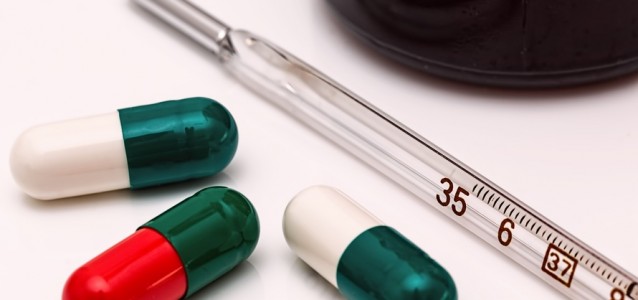There is often a fine line between cosmetic items and medical devices, but these products are subject to different regulations, so it’s important to know the difference. The U.S. Food and Drug Administration (FDA) sends warning letters to manufacturers that don’t comply with regulations, so make sure you’re in-the-know about your product line to avoid facing repercussions.
Injectable fillers, decorative contact lenses and products used for hair growth, weight loss, spider vein removal, and dermabrasion may seem like cosmetic items, but they’re not. Since these items are intended to enhance the appearance of the user, they’re classified as medical devices under the Federal Food, Drug, & Cosmetic Act (FD&C Act), as they’re designed to diagnose or treat a medical condition or impact the body’s structure or function.
Interpreting the FD&C Act
Under the terms of the FD&C Act, manufacturers of medical devices are required to receive marketing clearance for products prior to placing them on the market. However, clearance and approvals are not required for cosmetic items or any specific ingredients — with the exception of color additives. Medical devices must also adhere to the Quality System Regulation, but cosmetic products are exempt.
Medical Devices
The FD&C Act defines medical devices — including all contact lenses — as:
“…an instrument, apparatus, implement, machine, contrivance, implant, in vitro reagent, or other similar or related article, including any component, part, or accessory, which is – (1) recognized in the official National Formulary, or the United States Pharmacopeia, or any supplement to them, (2) intended for use in the diagnosis of disease or other conditions, or in the cure, mitigation, treatment, or prevention of disease, in man or other animals, or (3) intended to affect the structure or any function of the body of man or other animals, and which does not achieve its primary intended purposes through chemical action within or on the body of man or other animals and which is not dependent upon being metabolized for the achievement of its primary intended purposes.” [FD&C Act, section 201 (h)]
Cosmetic Items
According to the FD&C Act, a product is considered a cosmetic item — such as fake nails and false eyelashes — if it meets this definition:
“…(1) articles intended to be rubbed, poured, sprinkled, or sprayed on, introduced into, or otherwise applied to the human body or any part thereof for cleansing, beautifying, promoting attractiveness, or altering the appearance, and (2) articles intended for use as a component of any such articles; except that such term shall not include soap.” [FD&C Act, section 201(i)]
Stay tuned for the third piece of our four-part consumer safety series “Cosmetics vs. Drugs, or Both?”.
Hiring decisions impact the future of your company, but finding the right fit isn’t always easy. At Momentum Search Consultants, our cosmetic and beauty industry recruiters have the years of experience needed to successfully complete your talent searches, whether you’re looking for a junior professional or a senior executive. Contact us to learn more!




